Asia Travel Pulse
Around 100 Flights Cancelled as Typhoon Co-May Slams Manila, La Union, Ilocos Sur in Philippines, Disrupting Travel Across China, Hong Kong, Taiwan, and the Rest of Asia
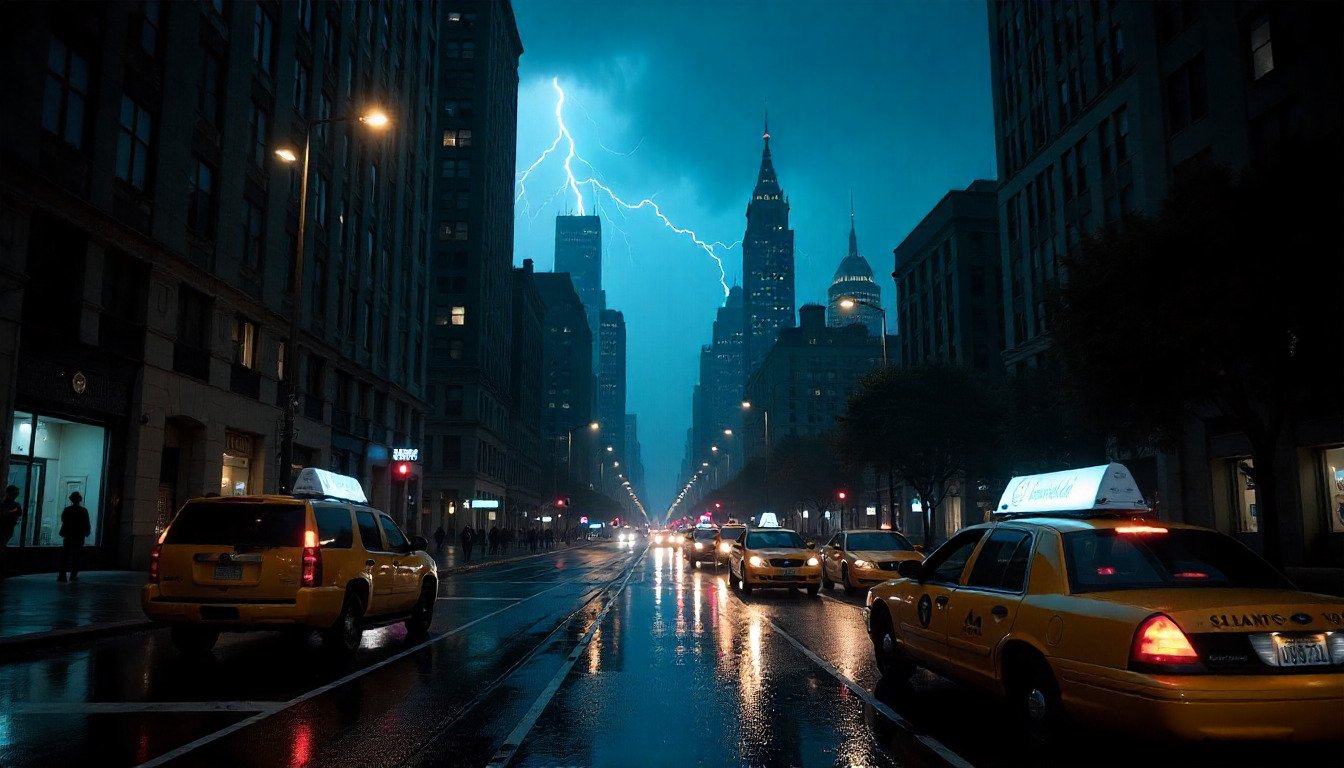
Friday, July 25, 2025
Some 100 flights were cancelled mostly in the Philippines as Typhoon Co-May pummeled parts of the Philippines including Manila, La Union, and Ilocos Sur, causing widespread flooding, airport delays, and school cancellations – and its impacts reverberated across the major air routes in Asia covering China, Hong Kong, Taiwan, and the beyond. The storm, which strengthened overnight for a force of a typhoon, was packing sustained winds of up to 75 mph and aggravated the effect of days of monsoon rains that have already killed at least 19 people and displacing thousands. Even as Manila’s Ninoy Aquino International Airport has recorded more than 170 delays and continuing cancellations of flights, airlines in the region have scrambled to reroute flights, leaving passengers stranded and air traffic snarled in East and Southeast Asia.
Growing Impact Across the Philippines
Upgraded from a tropical storm to a typhoon late Wednesday, Co-May is the second major weather system to hit the country this week. It follows days of relentless monsoon rains that have already killed at least 19 people and left 11 more missing since July 18, according to the national disaster agency. The typhoon, packing maximum sustained winds of 120 kilometers (75 miles) per hour, was forecast to make landfall between the provinces of La Union and Ilocos Sur by early Friday morning.
In response, the Philippine government suspended classes across Luzon for both Thursday and Friday, citing ongoing risks from flash flooding, strong winds, and infrastructure damage. In Metro Manila and surrounding provinces, tens of thousands of residents have already been evacuated, many of them rescued from waist-deep floodwaters in residential neighborhoods.
Widespread Disruption at Manila International Airport
Travel has also been severely affected, especially at Ninoy Aquino International Airport (NAIA) in Manila, the country’s busiest aviation hub. As of Wednesday, the airport recorded 173 flight delays and 14 cancellations, according to civil aviation data. PAL Express alone saw 12 cancellations, affecting 8% of its total operations, along with 14 delayed flights. Other carriers such as China Eastern, All Nippon Airways, Philippines AirAsia, and Cebu Pacific also reported notable disruption.
While the Philippines’ Civil Aviation Authority initially reported around 70 domestic and international flights cancelled, airline data shows the number is continuing to rise as weather conditions deteriorate. For Thursday and Friday, projections indicate over 100 flights may face cancellation or delay, with ripple effects being felt in Hong Kong, mainland China, and several other Asian destinations.
Among today’s global figures, China Eastern cancelled 28 flights, while Air China delayed more than 500—an indicator of how the storm’s influence is extending well beyond Philippine borders.
Thousands Still in Evacuation Shelters
In Metro Manila, rescue operations remain active, and thousands of evacuees are still sheltering in temporary centers. “We cannot send them home yet because it is still raining and some typhoons are still expected to affect the country,” a local rescue coordinator said, noting that conditions are too unstable to ensure safe returns.
With the twin systems of Typhoon Co-May and Tropical Storm Francisco swirling on either side of the archipelago, authorities are bracing for prolonged weather disturbances. Tropical Storm Francisco, located roughly 735 kilometers off the Philippines’ east coast, is currently headed toward northern Taiwan, but forecasters do not expect it to collide with Typhoon Co-May.
Asian Travel Gridlocked by Chain Reaction
Outside of the Philippines, major Asian air hubs are also reporting delays and cancellations as storm bands disrupt flight paths across the region. Airlines flying routes to and from China, Hong Kong, and Taiwan have all been affected. Hong Kong Express Airways, KLM, Jetstar Japan, and Vietnam Airlines all posted moderate delays linked to re-routing and storm avoidance procedures.
The cascading effects of the storm have left thousands of passengers stranded across Asia, many of whom face hours of delay or last-minute rebookings. Airlines are advising travelers to check their flight status in real-time and anticipate extended wait times as weather conditions evolve.
The Road Ahead
As Typhoon Co-May edges closer to landfall, Philippine disaster authorities are on high alert. Emergency services remain active, while airports, schools, and local government offices brace for continued flooding and transport paralysis. Travelers across Asia are being urged to plan ahead, as ripple effects from the storm continue to unfold well beyond Philippine airspace.
*Updates*
As of today, total delays across all airports amount to 144, with 22 cancellations reported across all airports. Manila International Airport (NAIA) remains the most affected, with 98 delays and 1 cancellation. PAL Express is the airline most disrupted, reporting 12 delays and 1 cancellation today. PAL Express had a total of 13 cancellations and 16 delays on July 24, making it the airline with the highest disruption.
Other airlines, such as Philippines AirAsia and Cebu Pacific, have also faced significant delays.
At Clark International, 9 delays have been recorded with no cancellations. Cebu Pacific has experienced 5 delays (29% of its operations) today. Mactan-Cebu International reported 37 delays with no cancellations, a reduction from the previous day’s figures.
Laoag International has had no delays but reported 3 cancellations, all from PAL Express.
Typhoon Co-May is the primary cause of these disruptions, continuing to impact air travel. Travelers are advised to monitor flight statuses closely as the storm continues to affect the region.
Asia Travel Pulse
Japan now Issues Heightened Travel Advisory for Thailand-Cambodia Border Amid Military Tensions
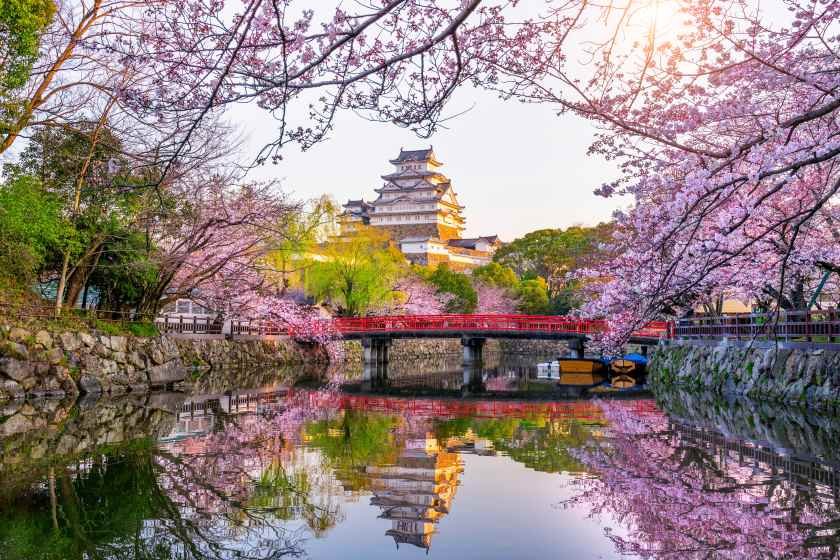
Sunday, July 27, 2025
The Ministry of Foreign Affairs of Japan, in the light of the recent military confrontations between the Kingdom of Thailand and the Kingdom of Cambodia, raises the travel warning (level 2) previously issued for the Thailand-Cambodia border to level 3, advising Japanese nationals not to travel to the area. The advisory extends to any area within 50 kilometers of the Thai border, or within 30 kilometers of the Cambodian border.
The surge in violence, which began on Thursday, has left over 30 people dead and more than 110,000 forced to flee and as of now, there have been no deaths of Japanese citizens. Japan has warned its citizen about travel to the region and remains in close contact with the situation.
Details of the Ongoing Conflict
The fighting broke out as a result of a territorial dispute between Thailand and Cambodia over the disputed border near the Ta Muen Thom temple. The disagreement has resulted in heavy fighting that has involved artillery, landmines and airstrikes. Each side accuses the other of crossing territorial lines, and the violence has led to heavy casualties for both sides. There have been growing international calls for a ceasefire, but the fighting rages on despite the desperate appeals.
In addition to concerns about citizens and foreign nationals living and being in the affected areas on both countries, considerations have also been abroad for foreigners visiting in the battlefield regions, such as tourists and business travelers. Thailand-Cambodia border crossing is an outlet for tourists in Southeast Asia to visit the historical and cultural options available in both countries. The conflict has not only upended daily life but also the region’s tourism industry, with possible ripple effects for travel in Southeast Asia in the future.
Japan’s Travel Advisory and Recommendations
The latest fighting prompted Japan’s Foreign Ministry to issue a Level 3 travel advisory for the vicinity of the Thailand-Cambodia border. The warning urges Japanese to cancel or postpone travel to the region, and if currently in the affected areas to exercise extra caution.
There are roughly 450 Japanese people living in the disaster areas, the ministry added. The Japanese embassy has been helping its citizens with possible support, and those in need of help are requested to contact the embassy. The embassy also urges Japanese citizens to stay in contact with their embassies to keep abreast of the situation and to receive assistance quickly in case of need.
Based on the writing, the Ministry still recommend its people to avoid border area until something changes. They also advise that Japanese citizens get the latest information from local news and to comply with instructions provided by the local authorities, and not to make any unnecessary trips.
Tourism Impact and Border Closures
The continuing war has serious implications for tourism in the area. The border between Thailand and Cambodia is a major gateway for tourists who come to see ancient monuments, such as the Unesco World Heritage-listed Angkor Wat in Cambodia and the cultural sites in the Thai provinces bordering the northeast.
Closing of vital border points, including common transit points for international passengers, has also been temporarily halted due to the current military clashes. This has disrupted the tourist flow between the two countries, and resulted in a major disruption of cross-border travel. Tour operators and travelers have been urged to verify border crossings before booking.
Both countries are popular to tourists – and millions are attracted there every year to take in the rich fare of their exotic cultures and picturesque regions. Tourism flow in the region is likely to be disrupted as the war persists. Each story is harrowing, yet real. It is a must read for travelers who had plans to visit either Thailand or Cambodia, especially along the border or the vicinity, to temporarily postpone their plans until all is settled.
In addition, travel-related disruptions can impact the hospitality sector, such as hotels, restaurants and transport services, especially in border areas. The Thai and Cambodian tourist industries are cooperating with local officials to ensure tourists can still visit other parts of each country safely.
Global Response and Attempts to Control the Epidemic
The escalating conflict has drawn concern from the international community, led by the U.N. and the Association of Southeast Asian Nations (ASEAN). ASEAN demands ceasefire talks and asks both Thailand and Cambodia to reduce tensions. The US has also reiterated support for diplomatic and peaceful resolutions to the dispute.
For visitors, these diplomatic endeavors might just pay off in a more stable region. If ASEAN can help broker cease fire or resolution then may be travellers can return again as safe to travel. Tourists are advised to keep an eye on the news and government statements if they are travelling in the region and stay updated on any changes in travel recommendations and border situations.
What the Ongoing Clashes Mean for Tourists
While the travel advice only applies to Japanese, it is also part of the wider fallout from the hostilities that are hitting the entire Southeast Asian tourism sector. Foreign visitors who might have hoped to add the site to their travel itineraries, particularly tourists from overseas who have been drawn to Cambodia or Thailand’s northeastern provinces for cultural experiences, have been rethinking their plans due to the conflict.
Beyond the border closures, the violence has halted transport services such as buses, trains and flights, especially in the affected regions. International airlines flying in and out of the area have had to modify their timetables to meet fluctuations in demand and travelers should check for any cancellations or delays before leaving.
Conclusion
Japan’s Foreign Ministry says escalating violence at the border between Thailand and Cambodia has forced it to issue a Level 3 travel warning to its citizens, advising them not to travel to the disputed area. As a result of the conflict, the tourism flow between Thailand and Cambodia has been crippled, with many locals dependent on the travel and entertainment industries being forced to give up on their lives.
Travellers intending to be in the area are encouraged to stay informed of the situation and make their travel plans accordingly. The tourism sectors of Thailand and Cambodia are likely to be affected by the conflict in the short term, but international organizations and diplomatic discussions could restore stability to the region. As circumstances evolve, travelers should visit official government sources for the most current information on travel advisories and the statuses of their border crossings.
(Source: Japan Tourism.)
Asia Travel Pulse
Vietnam Rises in Global Passport Index, Now Offering Fifty One Visa-Free Travel Options
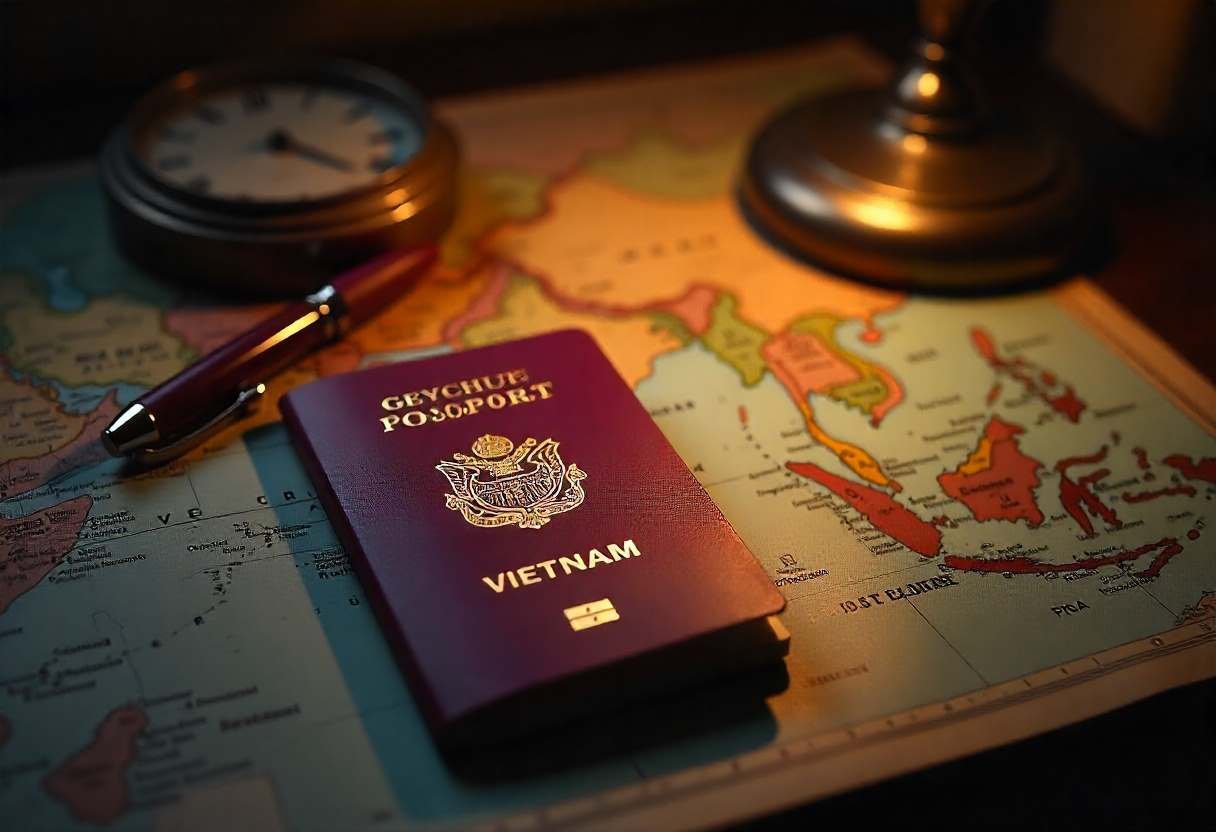
Sunday, July 27, 2025
Vietnamese passport holders now enjoy significantly greater global travel freedom, with the country ranking 84th in the latest Henley Passport Index and gaining access to 51 destinations without a traditional visa. This elevation reflects Vietnam’s growing diplomatic integration and efforts to streamline passport systems.
For students heading abroad, families planning holidays, businesspeople attending overseas conferences, and workers seeking opportunities, this news opens doors and simplifies travel planning in ways that matter personally.
Government Confirmation & Index Methodology
Vietnam’s leap from 91st to 84th place in the Henley Passport Index was publicly endorsed by the Vietnam Government Portal (VGP). Official statements confirm that Vietnamese citizens can now enter 51 out of 227 destinations visa-free or with e‑Visa, electronic travel authorization, or visa-on-arrival arrangements.
The Henley Passport Index, published quarterly, tracks global mobility using exclusive data from the International Air Transport Association (IATA). It rates passports based on travel freedom, measuring access to destinations without needing a visa in advance.
What This Improvement Means for Citizens
Vietnam’s improved ranking is the result of active diplomacy, upgraded biometric passports issued since 2023, and enhanced trust from foreign governments. These elements opened new unilateral visa arrangements and strengthened international confidence in Vietnamese travelers.
For individuals, this means fewer visa interviews or embassy visits and simplified routes to studying, working, or touring abroad. As outbound travel surged—over 4 million Vietnamese travelers in the first half of 2025 (up nearly 54% year-on-year)—faster entry procedures support mobility and align with rising demand.
Visa-Free Destinations: Regional and Global Access
Vietnamese passport holders can travel to a broad range of countries without prior visa arrangements, including:
- ASEAN nations: Thailand, Indonesia, Malaysia, Singapore, the Philippines, Laos, Cambodia, Myanmar
- Central & South Asia, Middle East: Kyrgyzstan, Kazakhstan, Tajikistan, Iran, Maldives
- Africa & Latin America: Kenya, Madagascar, Panama, others under electronic or arrival visas.
This list also includes destinations offering easy e‑Visa, ETA, or VOA access, allowing more seamless entry and strengthening regional links.
How Diplomacy, Tech & Reputation Drove the Rise
Vietnam’s foreign ministry and travel experts cite a combination of factors: upgraded biometric e-passports, discreet but effective diplomatic engagement with several countries, and positive global image of Vietnamese travelers as courteous and law‑abiding visitors.
These elements motivated bilateral agreements that eliminated pre-departure visa requirements, facilitating access across a diverse set of countries.
Real Citizens Benefiting from Easier Travel
For Nguyen Anh—a university student in Ho Chi Minh City—the new visa-free access to ASEAN and Central Asian countries made possible an internship in Kuala Lumpur, without embassy delays. “It cut through red tape and cost, making my trip feasible,” she says.
For family vacationers or first-time travelers in provinces like Da Nang or Hanoi, streamlined access brings peace of mind, lower costs, and the ability to plan in just days rather than weeks.
Travel Boom Accompanies Passport Uplift
Vietnam’s outbound travel volumes increased nearly 54% in the first six months of 2025 compared to the same period in 2024, reaching over 4 million travelers. This surge reflects pent-up demand and the attractiveness of simplified international mobility.
Tourism operators and educational institutions report stronger inquiries from Vietnamese citizens planning trips to countries now visa-free or offering arrival-based visas.
Looking Forward: Strategy to Further Boost Mobility
Vietnam plans to pursue visa-free or visa‑on-arrival access with additional countries, expand diplomatic agreements—especially in Europe and South Asia—and enhance digital infrastructure for passport issuance and travel information.
Officials also emphasize responsible travel and adherence to regulations, reinforcing Vietnam’s positive standing abroad as it pursues higher global ranking in future Henley editions.
Human Perspective & Broader Integration
This mobility boost is more than administrative—it connects families, enables educational exchanges, business collaboration, cultural dialogue, and deeper integration into global society. The passport no longer just documents identity; it represents access and inclusion.
Conclusion
In simple terms: Vietnam’s passport now ranks 84th in the world, offering visa-free or simplified entry to 51 destinations. This leap reflects strategic diplomacy, modern passport infrastructure, and rising global confidence in Vietnamese travel. It marks an important milestone in Vietnam’s integration into the world community—and brings real benefits to students, tourists, professionals, and families seeking global connection.
Asia Travel Pulse
a calming urban stay with only-in-Japan design
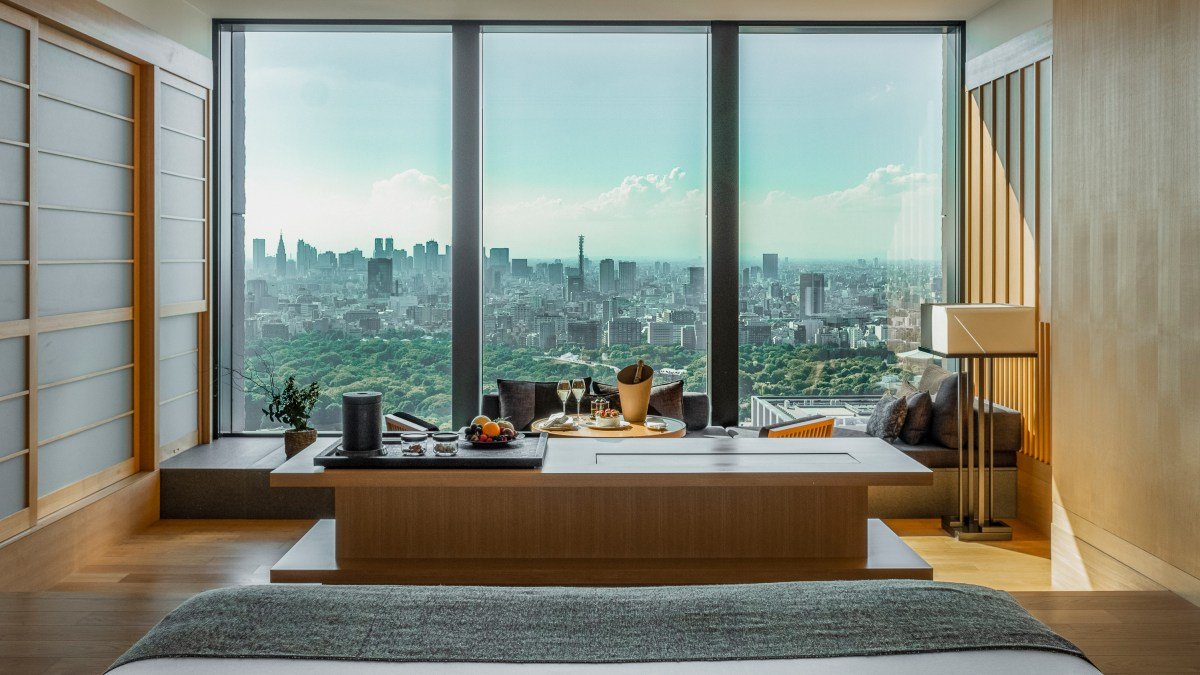
As you step out of the lift into the 33rd-floor lobby of Aman Tokyo, you’re met with a statement of design intent: a soaring 30m-high ceiling like a traditional Japanese lantern, with layers of washi paper stretched over a shoji wooden frame. In a city this crowded it’s a bold move to set aside so much space purely for the purpose of a calming, airy reception, but that’s what Aman is all about. Although the brand’s hotels are usually in rural locations, it’s ensured that its signature vibe of relaxed luxury underpins this city example too, incorporating traditional Japanese elements like ikebana (flower arranging) and karesansui (dry landscape gardens). There are also works by Japanese artists dotted throughout the hotel, including several by the innovative plaster artist Syuhei Hasado. Between its understated design, top-notch spa and attentive service, Aman Tokyo is a place of calm in this brilliant, buzzing and often overstimulating metropolis.
Overall score 9/10
This article contains affiliate links that will earn us revenue
Rooms and suites
Score 9/10
All 84 rooms are suites. Even the smallest measure a generous 71 sq m, with views of the Imperial Palace grounds — and, on clear days, Mount Fuji. Their minimalist but warm design blends modern comforts with the aesthetics of traditional Japanese homes. You’ll find low beds and sliding doors in each suite, alongside a TV that disappears into a cabinet at the touch of a button and bedside panels that control temperature, lighting and blinds. Decor uses traditional materials such as cypress and camphor wood, washi paper and stone alongside art such as flowing black-ink calligraphy.
There are always two wardrobes (with yukatas — cotton kimonos — to wear in bed or to the spa) and two sinks. A deep window-side soaking tub lets you watch the city lights while you bathe, and there’s a separate shower with a cypress stool. The Aman-branded amenities are high quality and you can get a skincare sample kit, including toner, serum and other items, for an additional fee.
Food and drink
Score 8/10
At the Arva restaurant pared-back design draws your attention to floor-to-ceiling windows and an 8m-tall wine cellar. The chef combines Italian techniques with Japanese ingredients in dishes such as roasted Ibaraki Kasumi duck with turnip, kumquat and timur pepper. Lunch and dinner set menus are available, plus evening à la carte, and delicious breakfasts are served here or in your room. Elsewhere, the Lounge offers all-day dining — its three-tiered afternoon teas are popular — but comes into its own after dark, with a sparkling city view. Try the wagyu burger or hitsumabushi (eel three ways) accompanied by a signature yuzu martini. Musashi serves exquisite Edomae sushi; the chef grows his own rice, prepares his own saké and even hand-makes the crockery. Meals are served in omakase (chef’s choice) style at a simple cypress-wood counter. On the ground floor, the Café serves inventive lunches, sweets, hot drinks and evening meals against the backdrop of Otemachi Forest; for more cakes and pastries head to La Pâtisserie.
• Discover our full guide to Japan
• More of the best hotels in Tokyo
What else is there?
Score 9/10
Decorated in the chic, dark tones of the rest of the hotel, Aman Tokyo’s impressive spa spans 2,500 sq m across two floors. Whether you opt for a signature or seasonal treatment, it’s guaranteed to be personalised, unhurried and restorative. You’re encouraged to arrive an hour early for a relaxing misogi (traditional water cleansing) experience in Japanese-style baths and steam rooms. On the same floor is a stunning 30m pool with recessed loungers and floor-to-ceiling windows on two sides. Unusually for Japanese hotels, tattoos don’t need to be covered here (nor in the baths). As with the spa and pool, the 24-hour gym elevates what could be a standard hotel facility — beside free weights, TRX bands and machines, you have access to personal training (for an additional fee) and classes. Yoga and Pilates are among the complimentary activities on offer, which might also include saké tasting or meditation. Other cultural experiences (costing extra) include Sumida River cruises, iaido (swordsmanship) lessons and visits to a training stable for sumo wrestlers.
Where is it?
Score 8/10
Aman Tokyo takes up the top six floors of Otemachi Tower, in the Otemachi business district between Tokyo Station and the Imperial Palace. This puts it within walking distance of the excellent food and shopping around the station, plus Nihonbashi’s izakayas (traditional pubs) and department stores. The northern section of the palace gardens also contains cultural facilities like the National Museum of Modern Art and the National Museum of the Imperial Collections. Of course, proximity to Tokyo Station means easy access to the rest of the city, the airports and the rest of Japan via bullet train.
Price B&B doubles from £1,401
Restaurant mains from £19
Family-friendly Y
Accessible N
Rebecca Hallett was a guest of Aman Tokyo (aman.com)
• Best things to do in Tokyo
• Tokyo v Osaka: which is better?
-

 Brand Stories6 days ago
Brand Stories6 days agoBloom Hotels: A Modern Vision of Hospitality Redefining Travel
-

 Brand Stories1 day ago
Brand Stories1 day agoCheQin.ai sets a new standard for hotel booking with its AI capabilities: empowering travellers to bargain, choose the best, and book with clarity.
-

 Destinations & Things To Do1 week ago
Destinations & Things To Do1 week agoUntouched Destinations: Stunning Hidden Gems You Must Visit
-

 AI in Travel1 week ago
AI in Travel1 week agoAI Travel Revolution: Must-Have Guide to the Best Experience
-

 Brand Stories3 weeks ago
Brand Stories3 weeks agoVoice AI Startup ElevenLabs Plans to Add Hubs Around the World
-

 Brand Stories2 weeks ago
Brand Stories2 weeks agoHow Elon Musk’s rogue Grok chatbot became a cautionary AI tale
-

 Destinations & Things To Do1 day ago
Destinations & Things To Do1 day agoThis Hidden Beach in India Glows at Night-But Only in One Secret Season
-

 Asia Travel Pulse3 weeks ago
Asia Travel Pulse3 weeks agoLooking For Adventure In Asia? Here Are 7 Epic Destinations You Need To Experience At Least Once – Zee News
-

 AI in Travel3 weeks ago
AI in Travel3 weeks ago‘Will AI take my job?’ A trip to a Beijing fortune-telling bar to see what lies ahead | China
-

 Brand Stories3 weeks ago
Brand Stories3 weeks agoChatGPT — the last of the great romantics





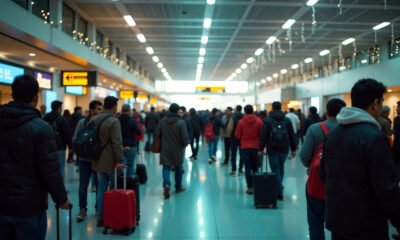



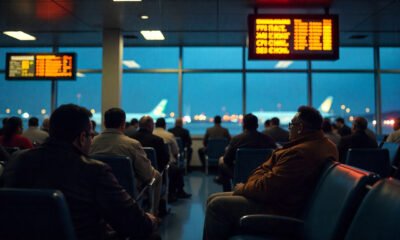



You must be logged in to post a comment Login